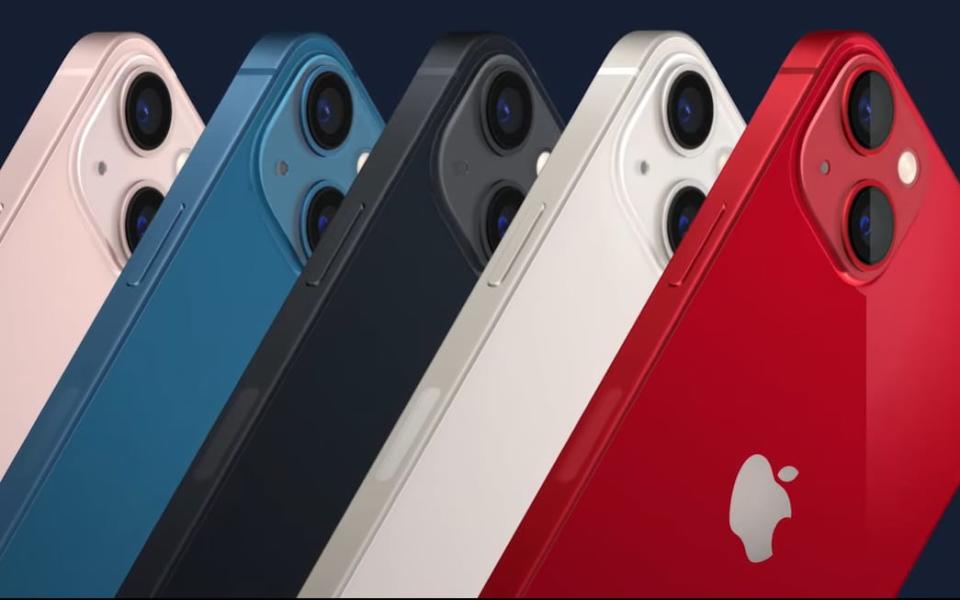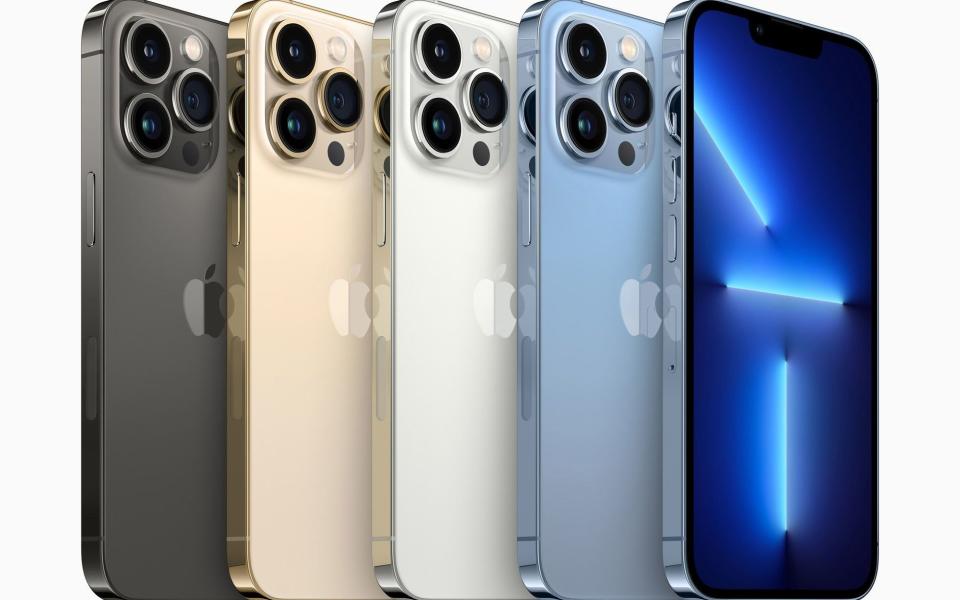iPhone 13 review: Apple boosts the battery - but it's really the iPhone 12S

There are two ways to judge a piece of technology. First, how well does it handle all the necessary day-to-day tasks? Second, what does it do that is brand new? In other words, does this gadget extend the boundaries of what technology can do, or merely iron out the edges?
It might be a testament to Apple’s track record that a new device accomplishing only one of these things is a surprise.
The iPhone 13, the latest in the annual cycle, is a very good smartphone and for my money the best you can buy - just as the one before it, and the one before that.
The camera - arguably the most important feature of a phone in 2021 - takes an impressive step forward. Battery life is longer, storage capacity is higher, the processor is improved.
Yet when it comes to the inventive flourishes that the company is known for, there’s less to get excited about. Apple calls it the iPhone 13, but it feels far more like a 12S.
That may not really matter. Smartphones are a known quantity these days. They are devices for watching things and taking pictures of things, and it’s hard to argue that the iPhone 13 is not great at both.
Take the camera. As in previous years, the iPhone line is now divided into standard and more expensive "Pro" models. Each comes in two sizes and prices, ranging from the £679 13 Mini to the £1,049 13 Pro Max.
The Pro models allow for incredibly detailed close-up photos that put previous generations and the human eye to shame, thanks to an upgraded wide-angle lens. The optical zoom rises from 2x to 3x to allow for better long-range shots.

On all four iPhone models, lenses and sensors have been upgraded to allow for brighter, sharper images, especially in low light. The iPhone replaced most digital cameras years ago and each year it threatens to do the same for professionals.
The most noticeable change is to the iPhone 13’s filming capabilities, with a new “cinematic” mode that blurs the background of videos in a similar way to the camera’s existing portrait mode.
Cinematic mode is also supposed to automatically adjust its focus between different people and objects, depending on who is in frame or where video subjects are looking. In practice, this proved a little fiddly to get right and I mostly found myself editing videos.
Cinematic mode on the new iPhones is fun pic.twitter.com/BfIefZJzSc
— James Titcomb (@jamestitcomb) September 21, 2021
After that, though, the results are impressive. It’s the new iPhones’ single best feature, providing an extra layer of depth to videos that is certain to be popular with the TikTokerati but maybe not the average user.
Beyond that, the iPhone 13 is a case study in useful iteration on last year’s devices. Apple claims battery life is between 1.5 and 2.5 hours longer depending on the model.
There’s a much more significant battery boost on the Pro models when it comes to video streaming in particular, thanks to a screen that adapts its refresh rate to match the video. The Pro Max tops out at 25 hours of video streaming, compared to 12 hours in last year's equivalent.
Storage capacity has been doubled. The processors inside the phones are faster, although Apple has conspicuously declined to say how much faster, leading to claims its years of impressive performance gains are slowing down.
These improvements all add up in a smartphone market where it is increasingly difficult to eke out gains. They will be especially noticeable to those upgrading from a device that is several years old.

Since the first iPhone in 2007, there has almost always been something - a new design, a bigger screen, fingerprint recognition, wireless charging, virtual SIM cards, LiDAR, face recognition - to arouse a degree of curiosity or excitement. Often these new features are a window into the future. The iPhone 13 is rooted in the present.
Do we dock points for this? Not necessarily. I’m not sure I want an iPhone with two screens or a thermal camera, or that folds in half.
But it does suggest we’re at a point where phones are workhorses rather than anything else, and we turn our gaze to what comes next. Maybe Apple is doing the same.

 Yahoo Finance
Yahoo Finance 